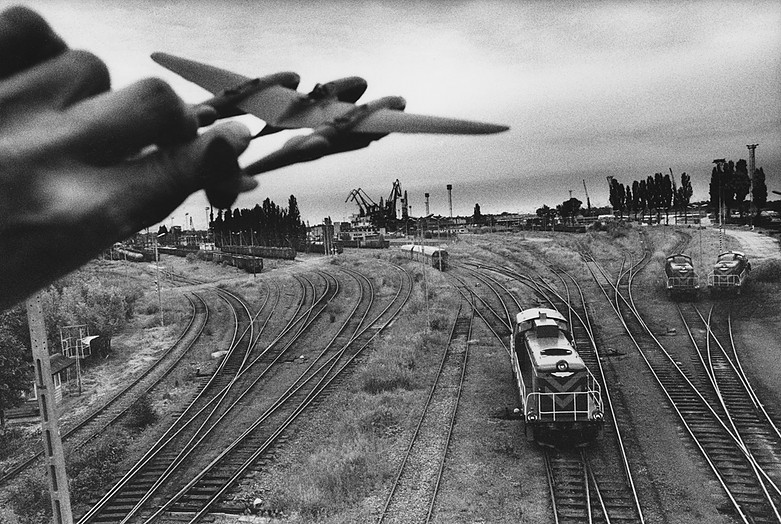Cross posted from Body Impolitic
It is wonderful to have work in a major museum show in Japan again.
I have 7 photos in an exhibition at the National Museum of Art in Osaka. The exhibition is “Collection 2: Our Life” and it runs until the 22nd of May. My work is in the “Life and Sexuality: Our Bodies” section.
My work in their permanent collection is from the solo show I had there in the early 2000’s curated by Akiko Kasuya. Photos are both from Women En Large and Familiar Men. They chose from their permanent collection, and I’m really happy with their selection. And I’m especially happy that my work is in an exhibition that deals so directly with the pandemic.
..
From their exhibition description:
In the spring of 2020, our lives were drastically altered by an unknown infectious disease. Even today, the world remains in a chaotic state, and many people’s lives are fraught with anxiety. This has caused us to look more closely at our bodies, and to literally consider the wonder and joy of life on a daily basis.
..
..
Life and death, one of the fundamental human themes, has also continued to be an important theme in art. This edition of the collection exhibition, titled Our Life, consists of approximately 110 items, including a number of new acquisitions. Here, we introduce a group of specially selected works that deal with a variety of themes related to life, such as birth, maturity, old age, and death, as well as issues that underlie all of these themes, such as time, memory, forgetting, and the humor and sorrow of living.
..
..
I wish I could be there. But I do have work in another exhibition in Japan opening the end of June, and (virus permitting) maybe I’ll be able to go. Cross your fingers for me.
======================
Follow Debbie on Twitter.
Follow Laurie’s Pandemic Shadows photos on Instagram.





























































